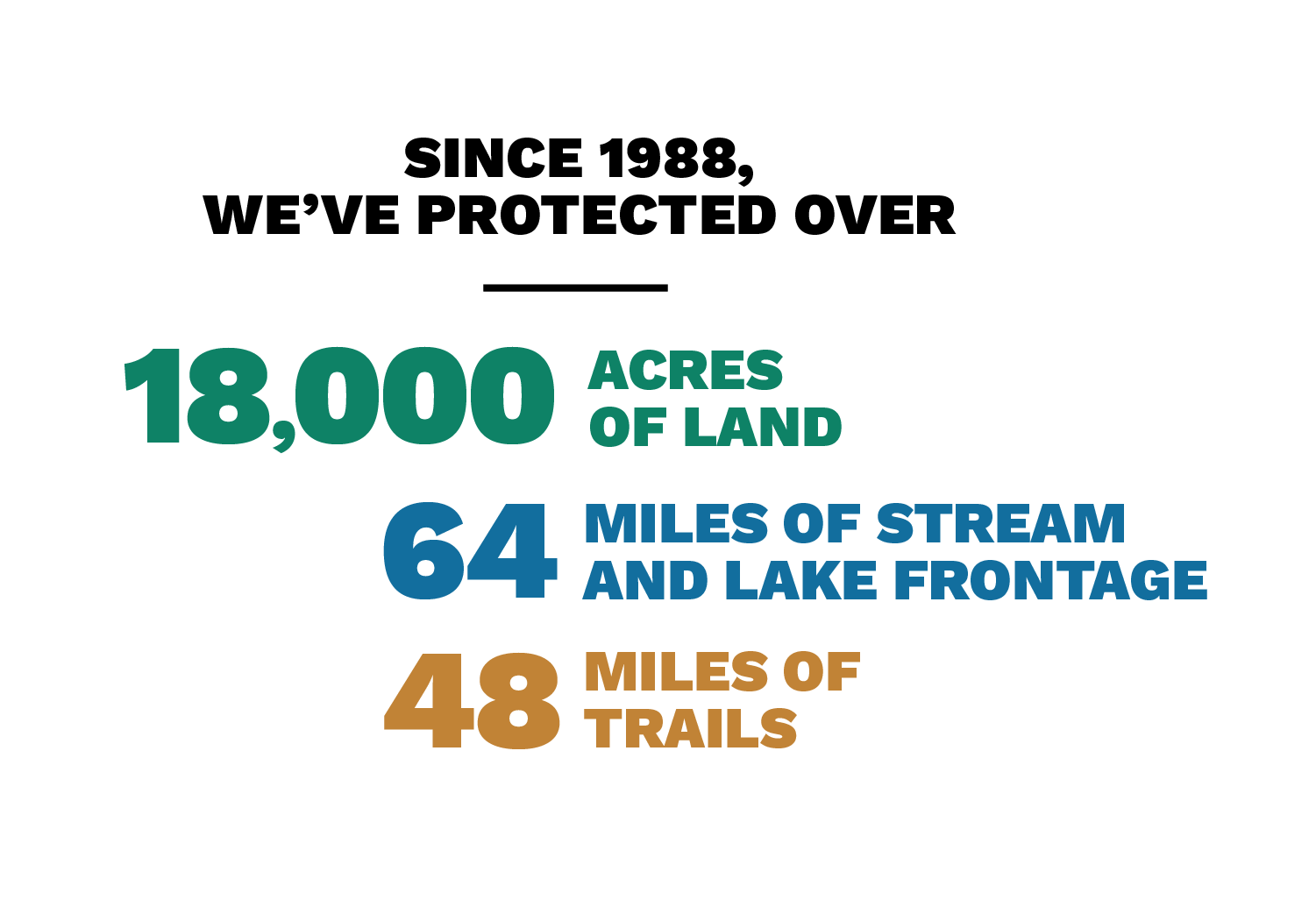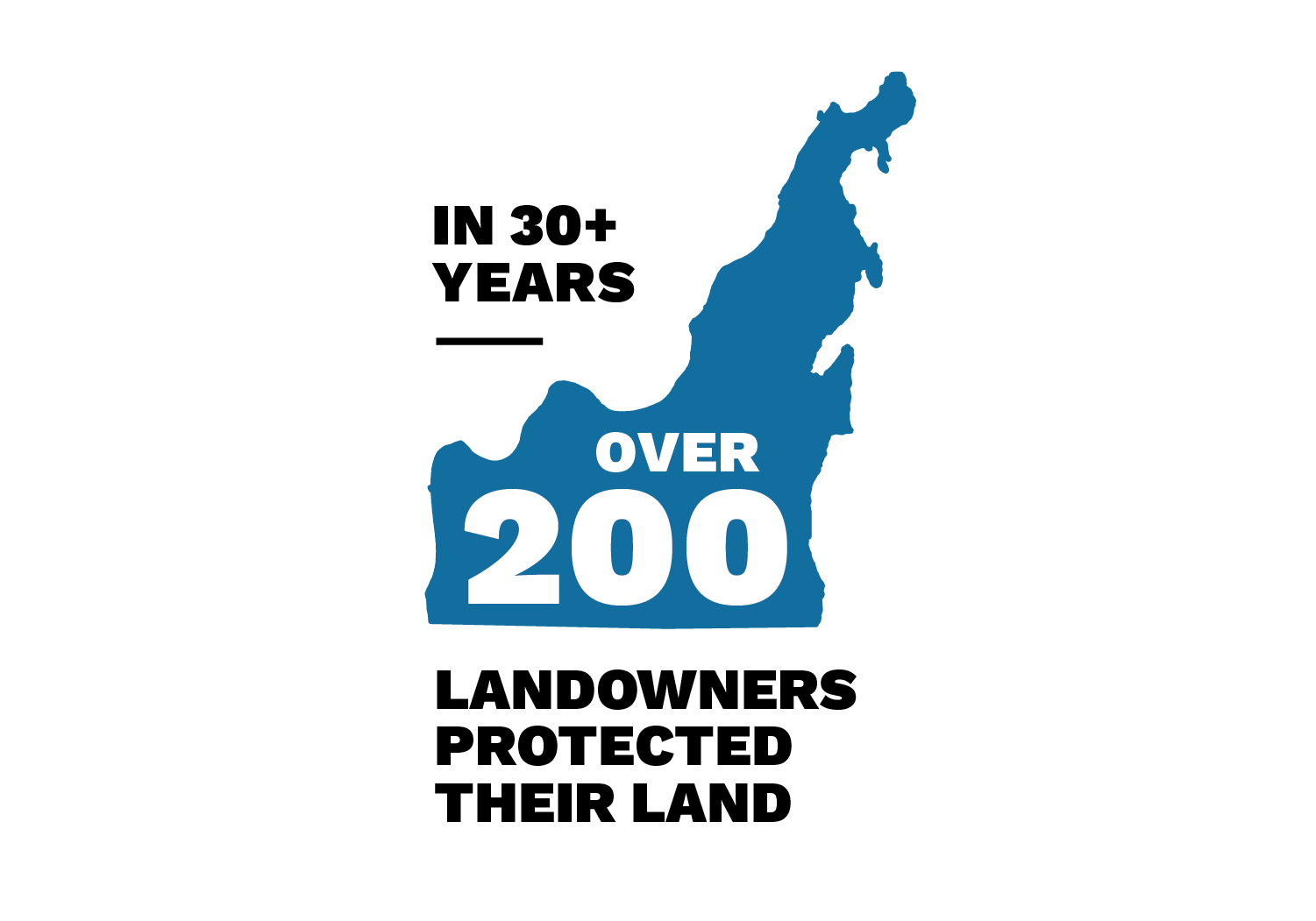Imagine that you are a brook trout.
Anglers revere your very existence; Nobel Prize winning author Ernest Hemingway waxed poetic about you in his famous Nick Adams stories. He was as much in love with the beautiful environs you live in as he was with the adventure of catching you.
You thrive in a cold, pristine stream coursing through a canopy of mature trees. Cold, pure water is full of the oxygen you need to breathe; if water temps top 70, or if algae or other oxygen-sucking nutrients are present, you struggle. Your ideal habitat also is perfect for the insects you need to survive.
You are a shy, reclusive creature. In fact, fishermen say they must tread as lightly as a blue heron in order to find you. Rocks and woody debris provide hiding places from predators such as the crafty river otter and respite from the ever-present current.
In your stream, it’s easy to meet a mate.
You need not worry about negotiating road culverts while spawning or sediment covering the gravel you prefer to lay your eggs in. Groundwater runoff happens in those subdivisions down the road—not in your stream. You never hear the roar of a chainsaw.
There’s a good chance that your stream is located on protected state, national or Conservancy lands. Or, it might be part of a farm, because farmers tend to own a lot of land. On occasion, when farmers aren’t too busy growing cherries or apples, they might even try to come and catch you.
Did you know that a decade ago, a group of conservation and environmental orgnizations came together to dream and brainstorm about how they could protect your habitat as well as the working farms nearby? Leelanau Conservancy staffers were in that room.

Saving Farmland AND Water Quality
You’ll be happy to know that this spring, thanks in large part to Senator Debbie Stabenow of Michigan, that very same group of some 20 partners received nearly $8 million to preserve the farmland and water quality of northern Michigan.
The Leelanau Conservancy will receive $2.7 million from this “Regional Conservation Protection Program” grant. Those funds will preserve between 500 and 800 acres of farmland that contributes to high water quality. Other partners include the Grand Traverse Band of Ottawa and Chippewa Indians, the Grand Traverse Regional Land Conservancy and the Conservation Resource Alliance.
Together, we will all be working to conserve and improve habitat not just for brook trout, but other creatures and plants as well. Our job will be to conserve land; our partners will take on other projects that impact aquatic habitat restoration and water quality protection. That might mean removing dams, improving stream crossings and monitoring fish populations.
The Power of Partnerships
We chose you, little Brookie, to illustrate what these grant funds will mean. That’s because you are, not to mix our metaphors, a sort of “canary in the coal mine.” You are among nature’s most fragile and sensitive creatures; one who doesn’t tolerate disturbance or fluctuations in temperatures and water flow. In the plant world, we might say the same about the rare yellow lady’s slipper. We know that if we can preserve your habitat, in the process we will surely be helping other creatures to thrive too. Including humans, who value Leelanau’s pastoral farmland for food security and who also love to swim in cool, clear, clean water.
There’s just one catch, so to speak. In order to claim our $2.7 million grant, we must raise an equal amount in matching funds. The farmers will do their part by donating 25% of their land’s value. We’re hoping that everyone who values our high water quality and agricultural heritage will do their part too.
From our Summer, 2016 Newsletter




